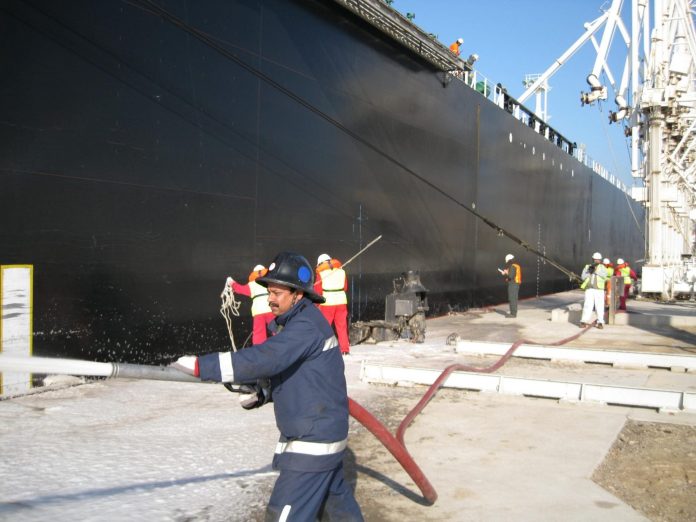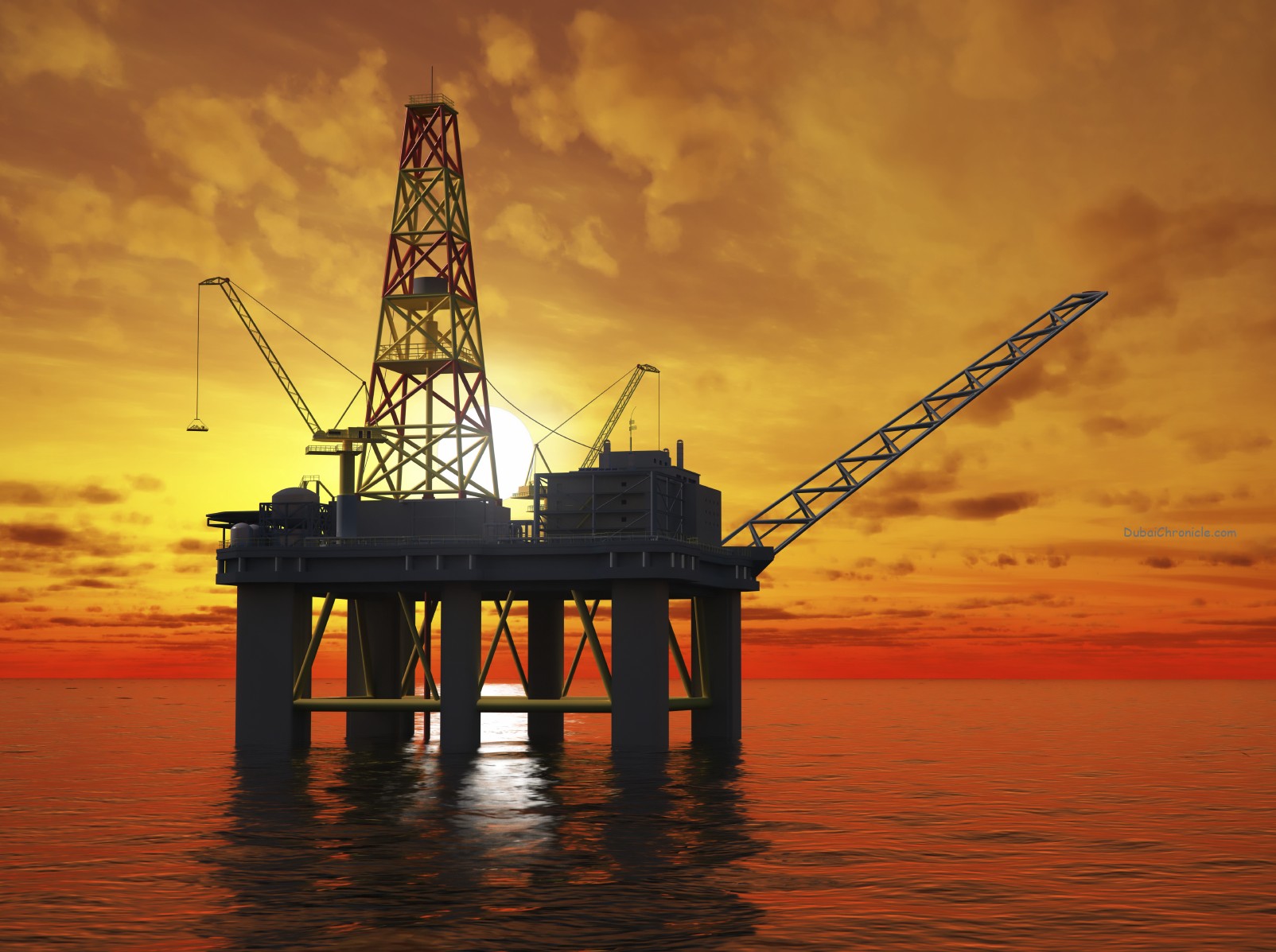
Crude slid 2.57% and Brent lost 2.43% both below $30 a barrel on Tuesday, sending renewed shivers through global financial markets. Investors in Asia were back to selling and China stocks close 6.4% lower – fresh blow to energy stocks.
During an energy forum in Kuwait, the country’s OPEC Governor Nawal al-Fezaia hinted that the nation is ready to cut oil production in an effort to stem the persistent slump in crude prices. According to media reports, she said that the country is “ready to cooperate” with others to stabilize the oil market.
However, the governor noted that producers outside the cartel are not yet ready to cooperate. Oil prices are unlikely to climb back to 2014 levels of more than $100 a barrel and instead they could wobble around $40-$60 a barrel until 2020, she added.
Meanwhile, British brokerage major HSBC sounded cautiously optimistic in its latest forecats, but has pegged down the average Brent crude prices at $45 a barrel for 2016 from $60.
The brokerage has also revised downward its price projections for the fuel to $60 for 2017 from $70, and at $75 by 2018 from $80 noting that crude prices have halved since mid-2015 and there is no end seen for the fall yet.
Though longer-term thesis of oil market re-balancing remains valid, the process will likely remain difficult and volatile, HSBC said as its rationale for revising downward its price outlook to $45 a barrel for 2016 in a report.
It can be noted that since crude began to fall in June 2014, it has dropped over 72 per cent, with today marking a steep 5 per cent dip to $27-28 a barrel.
Forecasters pessimism comes from the fact that crude supply has stayed at levels ample enough to keep visible OECD inventory in surplus while incremental oil demand growth remains relatively robust, estimated at over 1 million bpdin 2015 and in 2016, but not robust enough to drain the surplus.
Factors keeping the market in surplus include hedging, service deflation, and efficiency gains against already brimming storage capacity, the report said. Accordingly, it expects downstream oil and gas companies profitability to fall to levels not seen in over a decade.



































